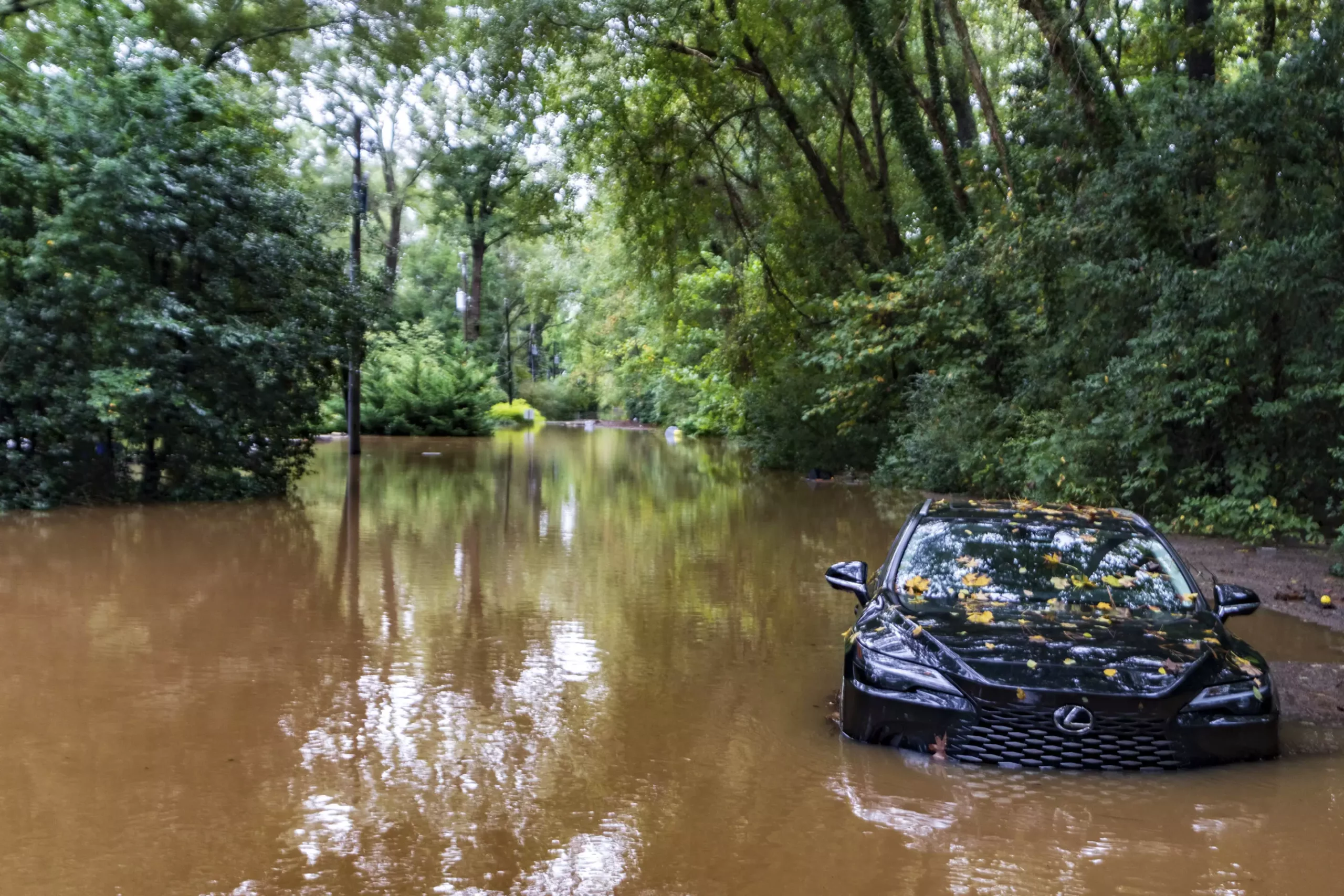

As the world shifts toward electrification in transportation, electric vehicles (EVs) are becoming increasingly common on our roads. However, this shift raises important concerns, especially for owners living in coastal or flood-prone regions. Recent events, notably Hurricane Helene, have highlighted the need for vigilance among EV owners, as saltwater exposure poses unique risks to battery safety. This article delves into how electric vehicle owners can protect their investments and navigate potential dangers.
Electric vehicles are equipped with advanced lithium-ion batteries, which are known for their efficiency and energy density. However, these batteries are not impervious to environmental hazards. One of the more severe threats to EVs arises from exposure to saltwater. In the presence of salt, the risk of short-circuits significantly increases, potentially leading to dangerous fires. As evident from past hurricanes, such as Hurricane Ian, which resulted in the ignition of numerous EVs, the consequences of neglecting this risk can be grave.
Saltwater conducts electricity, making it especially hazardous when combined with battery technology. When a battery is submerged, salt can bridge the electrical terminals within the battery pack, leading to short circuits and thermal runaway—a chain reaction that can result in intense fires. Experts, including those from the National Transportation Safety Board (NTSB), emphasize that if an EV is caught in a flooding situation, the resulting damage may not be immediately apparent. Fires can occur even weeks after the flooding, as salt residue can remain conductive.
In light of these risks, it is crucial for EV owners to adopt a proactive stance when facing severe weather conditions. Florida officials, including Governor Ron DeSantis, have urged residents to take preventive measures. The primary recommendation is to relocate vehicles to higher ground ahead of incoming storms. Though many may see this as an inconvenience, it can be a critical step in safeguarding against flooding.
Charging strategies should also be part of the preparedness plan. During a power outage, charging an electric vehicle is not an option, similar to the limitations faced by gasoline-powered vehicles when gas stations cannot operate. Thus, maintaining a fully charged battery prior to the storm is essential for ensuring mobility during emergencies. EV users should monitor their charging habits and gauge how much they truly need to drive in the days leading up to potential storms.
Historically, hurricanes have tested the resilience and design of electric vehicles. The aftermath of Hurricane Sandy, for instance, revealed vulnerabilities in battery safety that prompted the National Highway Traffic Safety Administration to begin extensive research into electric vehicle hazards during floods. The data collected from such events have led car manufacturers to implement improvements in battery design, enhancing moisture resistance and insulation between battery cells.
Moving forward, it is critical to learn from incidents like those following Hurricane Ian, which impacted thousands of EV batteries. In that situation, public awareness about the risks led many to take preventative actions that might have mitigated potential fires. Enhancing community outreach and education regarding EV safety in flood zones can foster greater preparedness and reduce risks associated with storm damage.
After any flooding event, the importance of conducting thorough inspections of electric vehicles cannot be overstated. Manufacturers and safety agencies suggest that any EV submerged in water—regardless of its duration—should be checked by a qualified mechanic. This step is vital in determining whether saltwater infiltration has occurred and in assessing the overall safety of the vehicle before resuming normal use.
It is worth noting that not all vehicles exposed to flooding will ignite; various factors will determine the outcome. Nevertheless, it is better to err on the side of caution, as proactive checks can avert potential catastrophes down the line. The NHTSA is diligently working on enhancing battery safety standards, contributing to a more secure future for all types of vehicles, including electric ones.
As the prevalence of electric vehicles continues to rise, so too must our awareness of their specific vulnerabilities, especially in flood-prone areas. By taking precautionary measures, such as relocating vehicles and maintaining proper charging habits, EV owners can mitigate risks linked to severe weather. Regular inspections will ensure safer journeys even after a storm. With continuous improvements in battery design and safety regulations, we can look forward to an environmentally friendly and safer future in electric mobility.
Rogue waves have long been a subject of fascination and terror in maritime lore. These…
As the world grapples with public health challenges, especially those posed by infectious diseases, the…
The Sombrero Galaxy, also known as Messier 104, embodies a breathtaking blend of spirals and…
In recent advances in quantum electronics, a groundbreaking discovery leveraging the concept of kink states…
In the intricate tapestry of nature, ice often exists in a delicate balance with liquid…
In an astonishing event that captured global attention, a rogue object from beyond our Solar…
This website uses cookies.